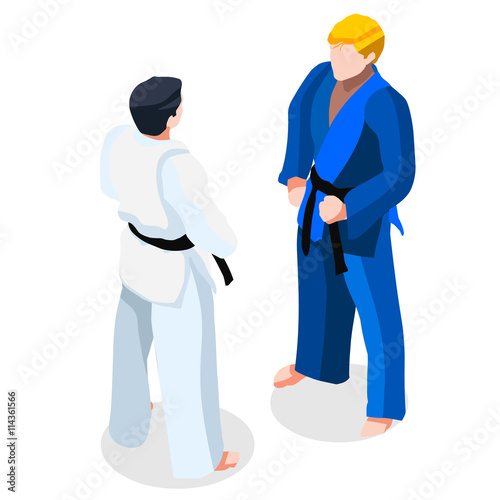Martial arts have a remarkable history that spans centuries and continents. Click Link may discover it intriguing how old practices like Shuai Jiao and Kalaripayattu laid the groundwork for modern-day combat strategies. These self-controls not just stress physical abilities but likewise mirror the cultures that birthed them. As you discover their advancement, think about how globalization has transformed these standard forms into crossbreed styles. What impacts do you assume have formed today's martial arts landscape?
Ancient Martial arts: The Foundations of Fight
As you look into the world of old martial arts, you'll discover the abundant structures that formed combat techniques throughout societies. Very early methods focused on Self-Defense and survival, commonly integrating strikes, hurting, and weaponry.
In ancient China, for instance, methods like Shuai Jiao highlighted tosses and joint locks, while India's Kalaripayattu showcased agility and fluid movement. Japanese samurai established Kenjutsu, a polished swordsmanship that highlighted self-control and approach.
These martial arts offered not just for battle but likewise as a way of individual growth, instilling worths like regard and determination. The mixing of these methods in time prepared for the varied martial arts you see today, each reflecting the distinct viewpoints and demands of its culture.
The Social Influence on Martial Arts Development
While martial arts typically reflect the functional demands of a society, they also symbolize the social values and ideas of their origins. When you check out various martial arts, you'll discover how they're influenced by religious beliefs, viewpoint, and social standards.
For instance, the emphasis on respect and discipline in Japanese martial arts originates from Zen Buddhism and samurai culture. In https://eternalmartialartsandkara32109.theideasblog.com/35566216/exactly-how-practicing-taekwondo-can-increase-your-confidence-and-discipline-release-your-inner-warrior-and-unlock-the-mental-benefits-currently , Brazilian Jiu-Jitsu advertises flexibility and strategy, formed by the demand for performance in a diverse, multicultural environment.
You could discover that the rituals, attires, and training methods show an area's history and identification. By recognizing these cultural impacts, you grow your gratitude of martial arts and their role in shaping human experiences across the globe.
Modern Adaptations and the Globalization of Martial arts
Martial arts have actually changed substantially in current decades, adapting to contemporary culture and worldwide influences. You'll discover that standard kinds have mixed with contemporary methods, creating hybrid styles like MMA. These adaptations deal with diverse target markets, making martial arts accessible and appealing around the world.
With the rise of social media and digital systems, you can locate tutorials and competitors from all corners of the world, damaging geographical obstacles. This globalization has led to a common recognition for various disciplines, from Brazilian Jiu-Jitsu to Taekwondo.
As you involve with these arts, you'll understand they're not nearly fight; they promote physical fitness, technique, and mental wellness.
Ultimately, modern adaptations have actually enhanced the martial arts landscape, making it a dynamic and evolving technique.
Conclusion
In exploring the history and development of martial arts, you discover a fascinating mix of methods, cultures, and philosophies. From ancient techniques like Shuai Jiao and Kalaripayattu to the modern adaptability seen in MMA, martial arts mirror humankind's quest for Self-Defense and personal development. As you involve with these methods, you not just acquire abilities but likewise a much deeper admiration for the diverse practices that form our world today. So, proceed your journey and accept the art of battle!
